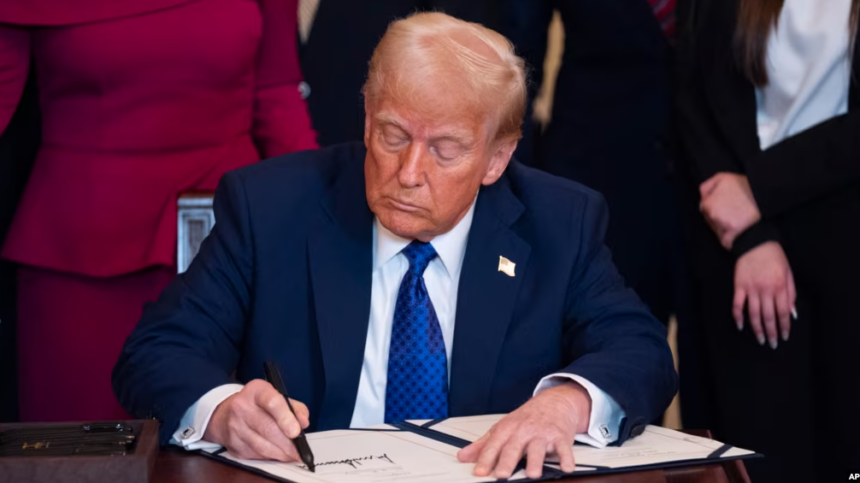President Donald Trump has announced that his administration plans to transfer “the worst foreign criminals” to a detention facility at Guantanamo Bay, Cuba. He stated that up to 30,000 criminal migrants deported from the United States could be housed at the facility, though the specifics of the plan remain unclear.
In a statement, President Trump emphasized the necessity of this measure:
“Some of them are so bad that we don’t trust them to be left in their countries because we don’t want them back here, so we’re going to send them to Guantanamo.”
The White House later confirmed that President Trump had signed a presidential memorandum regarding Guantanamo Bay. This decision has raised concerns among immigrant rights groups. Stacy Suh, director at the “Network for Prison Oversight,” expressed apprehension, stating,
“The abusive history of Guantanamo Bay speaks for itself, and it’s clear that it will jeopardize the physical and mental health of individuals.”
The Guantanamo Bay detention facility, established in January 2002, has been used to detain individuals deemed “enemy combatants” in the war on terror. Currently, it holds 27 prisoners out of the 780 originally detained.
President Trump has also signed an executive order to keep the Guantanamo Bay prison open, reversing previous efforts to close it.
This development has sparked international criticism, with Cuban President Miguel Díaz-Canel describing the plan as “an act of brutality.” He further stated that the U.S. government’s decision to imprison immigrants at the Guantanamo naval base “shows contempt for human conditions and international law.”
The plan to transfer foreign criminals to Guantanamo Bay is part of a broader strategy by the Trump administration to enhance immigration enforcement and address criminal activities by foreign nationals. The implementation details and potential legal challenges of this plan are yet to be fully outlined.







